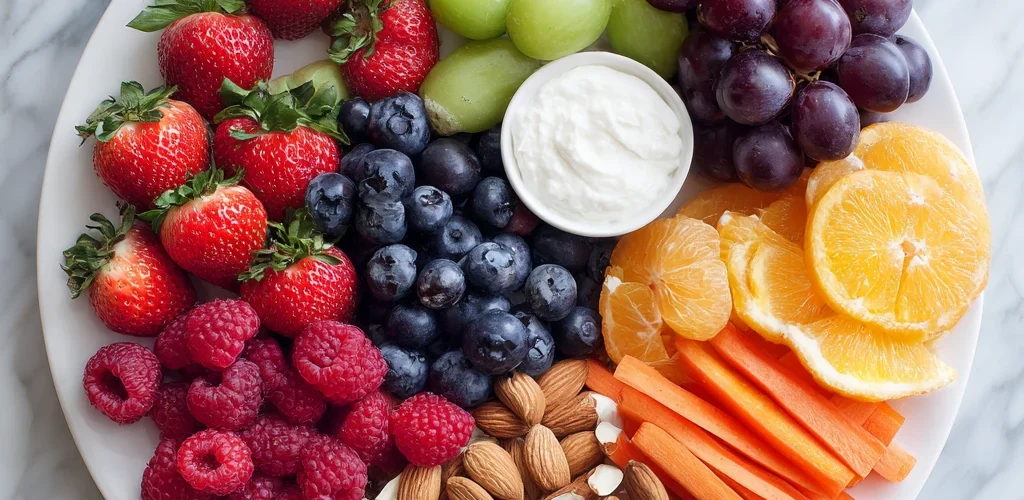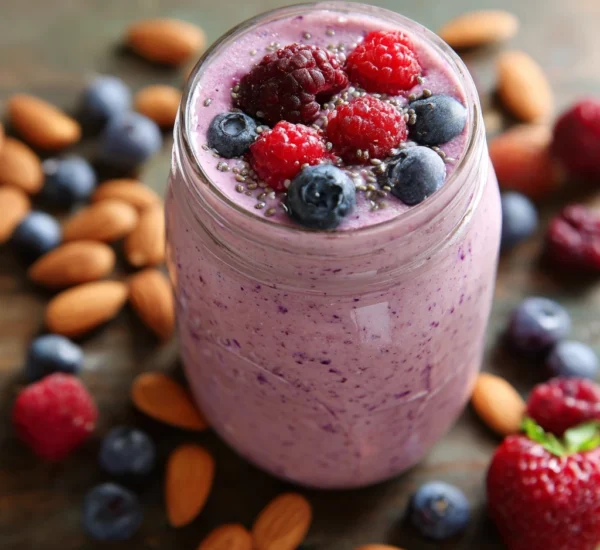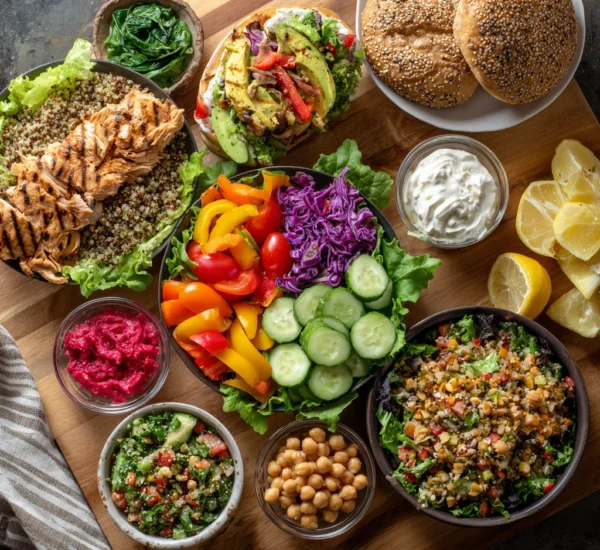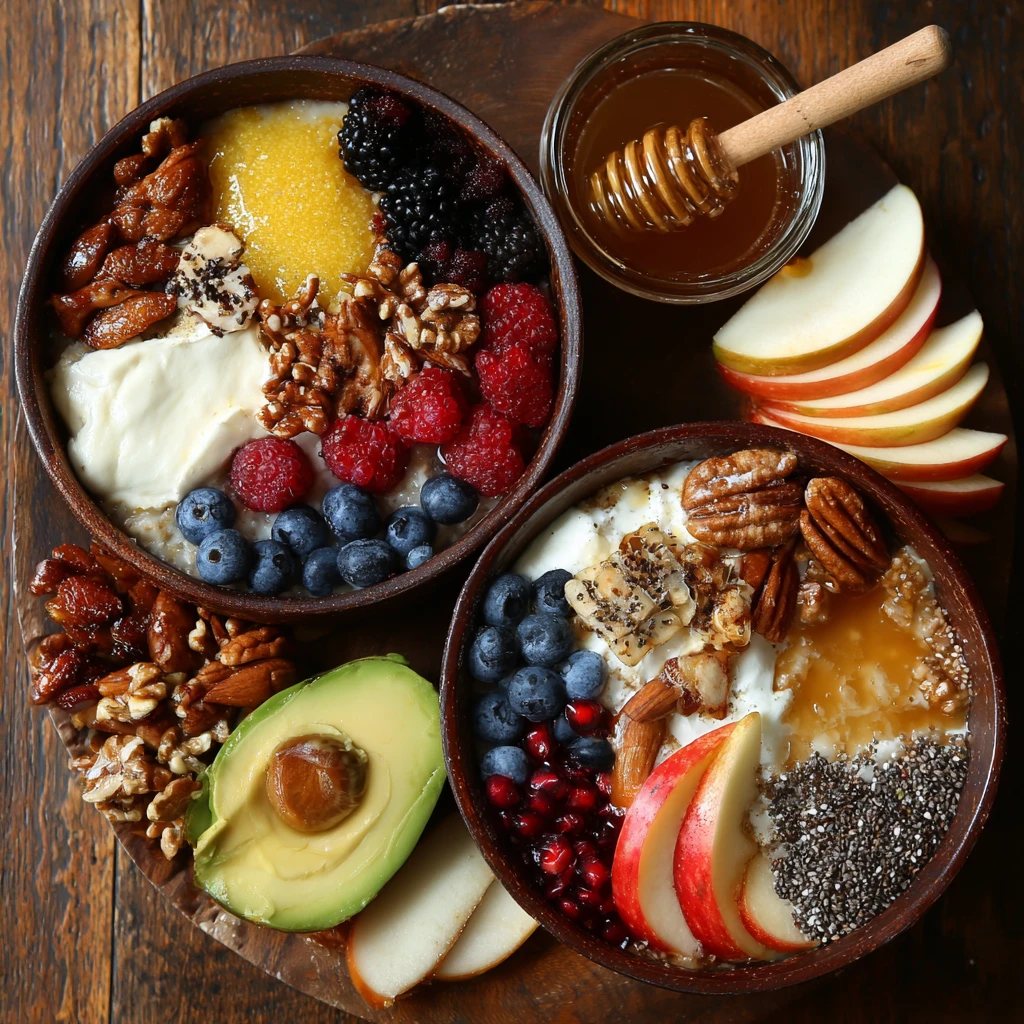How to Build a Balanced Snack Plate
Snacking gets a bad rap. Often associated with mindless munching on unhealthy foods, it’s frequently viewed as an obstacle to health and weight goals. However, snacking can be a powerful tool for maintaining energy levels, controlling hunger, and even improving nutrient intake, provided you approach it strategically. A balanced snack plate is the key to unlocking the benefits of snacking, turning it from a pitfall into a positive contributor to your well-being. This guide will walk you through the essentials of creating a satisfying and nourishing snack plate that supports your health goals.
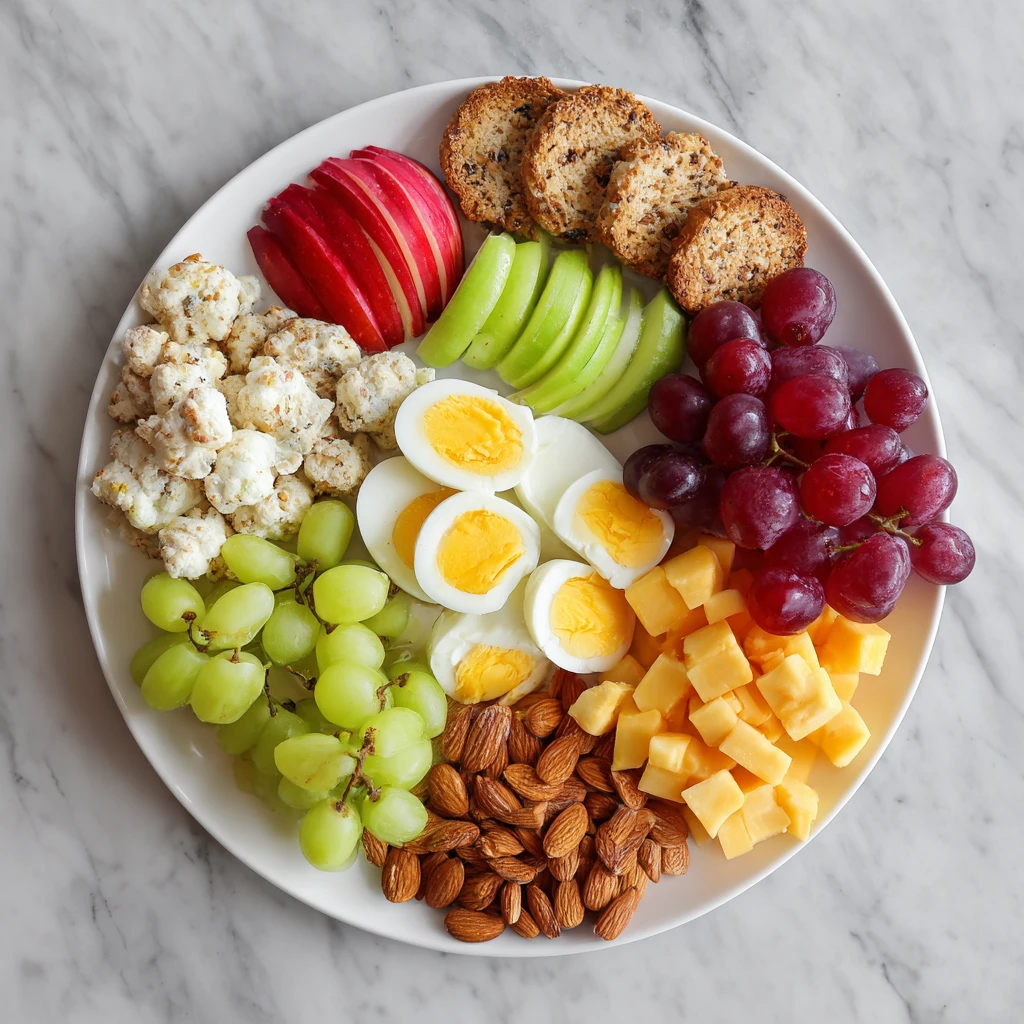
Understanding the Benefits of Balanced Snacking
Before diving into the specifics of building a balanced snack plate, it’s important to understand why balanced snacking is beneficial. Consuming smaller, strategically planned snacks throughout the day helps regulate blood sugar levels, preventing energy crashes and those dreaded feelings of being “hangry.” This, in turn, can improve focus, concentration, and overall mood.
Furthermore, balanced snacks can help control hunger between meals, preventing overeating at lunch or dinner. By providing your body with a steady stream of nutrients, you’re less likely to succumb to cravings for less healthy options. A well-constructed snack plate can also be an excellent way to incorporate essential nutrients into your diet that you might otherwise miss. It’s an opportunity to add more fruits, vegetables, whole grains, and lean proteins to your daily intake.
The Essential Components of a Balanced Snack Plate
The key to a truly balanced snack plate lies in including a variety of food groups. Aim for a combination of protein, healthy fats, and complex carbohydrates. This trifecta ensures sustained energy, satiety, and a diverse range of essential nutrients.
Protein Power
Protein is crucial for feeling full and satisfied. It slows down digestion, preventing blood sugar spikes and keeping hunger at bay for longer. Excellent protein sources for your snack plate include:
- Hard-boiled eggs: A convenient and portable source of high-quality protein.
- Greek yogurt: Choose plain, unsweetened varieties to avoid added sugars. Add berries or a drizzle of honey for flavor.
- Nuts and seeds: Almonds, walnuts, pumpkin seeds, and sunflower seeds provide protein, healthy fats, and fiber.
- Cheese: Opt for low-fat cheese sticks or cubes for a convenient and portion-controlled option.
- Edamame: Steamed or roasted edamame is a plant-based protein powerhouse.
- Hummus: Made from chickpeas, hummus is a delicious and versatile source of protein and fiber. Pair it with vegetables or whole-wheat crackers.
Healthy Fats for Satiety
Healthy fats are essential for brain health, hormone production, and nutrient absorption. They also contribute to feelings of fullness and satisfaction, making your snack more effective at curbing hunger. Good sources of healthy fats for your snack plate include:
- Avocado: Creamy and rich in monounsaturated fats, avocado is a great addition to any snack plate.
- Nuts and seeds: As mentioned above, nuts and seeds are a double whammy of protein and healthy fats.
- Olives: A Mediterranean staple, olives provide healthy fats and a salty flavor that can satisfy cravings.
- Nut butter: Peanut butter, almond butter, and cashew butter are delicious and convenient sources of healthy fats. Pair them with apple slices or celery sticks.
- Full-fat yogurt: While Greek yogurt is higher in protein, full-fat yogurt offers a richer source of healthy fats.
Complex Carbohydrates for Energy
Complex carbohydrates provide sustained energy and fiber, which is important for digestive health and regulating blood sugar levels. Choose whole, unprocessed sources of carbohydrates for maximum nutritional benefits. Good options include:
- Whole-grain crackers: Look for crackers made with whole wheat, brown rice, or other whole grains.
- Fruits: Berries, apples, bananas, grapes, and oranges are all excellent sources of complex carbohydrates and vitamins.
- Vegetables: Carrots, celery, bell peppers, cucumbers, and cherry tomatoes are low in calories and high in fiber and nutrients.
- Air-popped popcorn: A whole-grain snack that's low in calories and high in fiber.
- Oatmeal: A small bowl of plain oatmeal can be a filling and nutritious snack.
Building Your Perfect Snack Plate: Practical Tips and Examples
Now that you know the essential components, let’s put it all together. Here are some practical tips and examples for building your perfect snack plate:
- Portion control is key: Even healthy foods can contribute to weight gain if consumed in excess. Pay attention to serving sizes and avoid mindless eating.
- Variety is the spice of life: Experiment with different combinations of foods to keep your snack plate interesting and prevent boredom.
- Prep ahead: Prepare your snack plate components in advance so you have healthy options readily available when hunger strikes. Chop vegetables, portion out nuts, and hard-boil eggs on the weekend to save time during the week.
- Listen to your body: Pay attention to your hunger cues and adjust your snack plate accordingly.
- Don't be afraid to get creative: There are endless possibilities when it comes to building a balanced snack plate. Use your imagination and have fun experimenting with different flavors and textures.
Example Snack Plates:
- The Mediterranean: Hummus, whole-wheat pita bread, cucumber slices, cherry tomatoes, and olives.
- The Fruity & Nutty: Apple slices, peanut butter, and a handful of almonds.
- The Veggie Dip: Carrot sticks, celery sticks, bell pepper strips, and Greek yogurt dip.
- The Energy Booster: Hard-boiled egg, a small banana, and a handful of walnuts.
- The Sweet & Savory: Cottage cheese, berries, and a sprinkle of cinnamon.
Common Mistakes to Avoid
While building a balanced snack plate is relatively straightforward, there are a few common mistakes to avoid:
- Overloading on one food group: Ensure you have a good balance of protein, healthy fats, and complex carbohydrates. A plate of only fruit, for example, will likely lead to a sugar crash.
- Choosing processed snacks: Avoid processed snacks that are high in sugar, sodium, and unhealthy fats. Opt for whole, unprocessed foods whenever possible.
- Drinking your calories: Avoid sugary drinks like soda and juice. Choose water, unsweetened tea, or sparkling water instead.
- Eating out of boredom: Be mindful of your hunger cues and avoid snacking out of boredom or stress.
- Ignoring portion sizes: Even healthy snacks can lead to weight gain if consumed in excess. Pay attention to serving sizes and portion out your snacks accordingly.
Maintaining Consistency and Long-Term Success
Building a balanced snack plate is not a one-time fix but a sustainable lifestyle habit. To maintain consistency and achieve long-term success, consider the following tips:
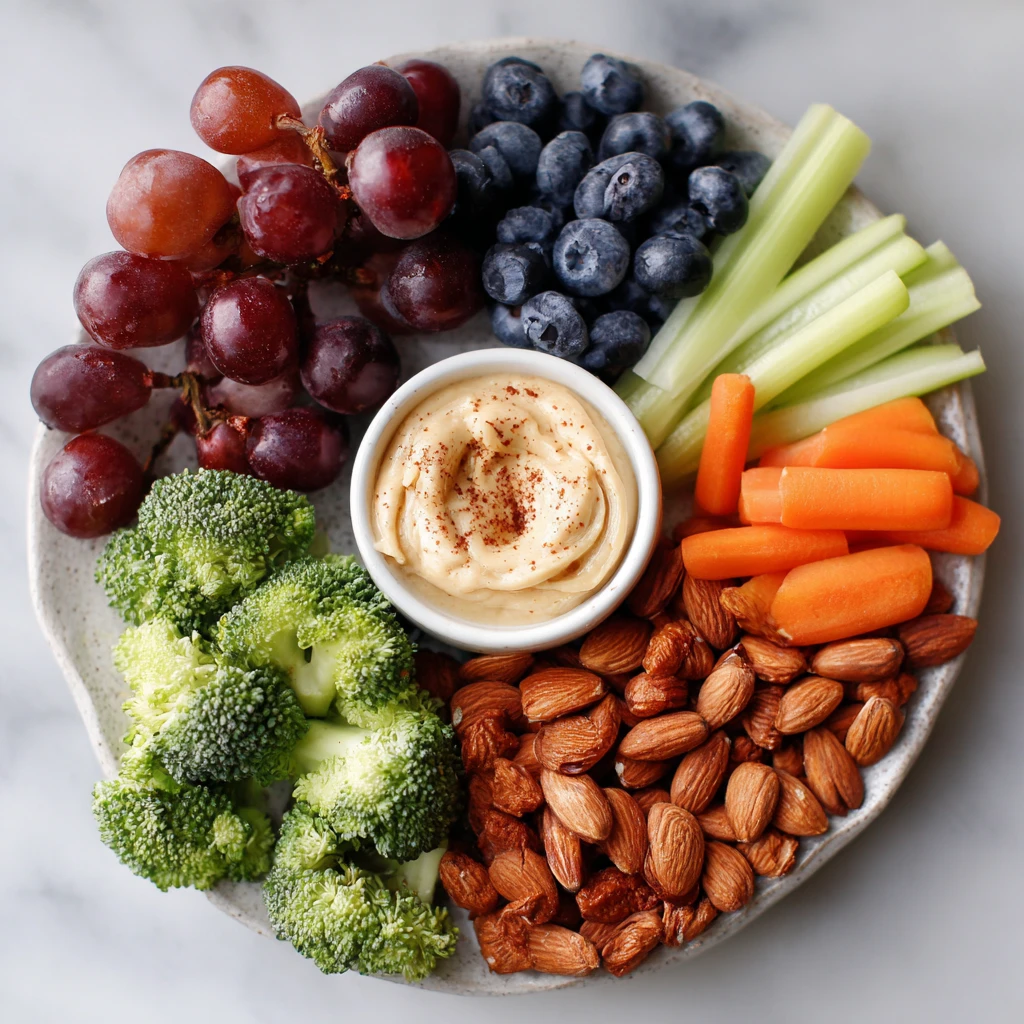
- Plan your snacks in advance: Incorporate snack planning into your weekly meal prep routine.
- Keep healthy snacks readily available: Stock your kitchen and workplace with healthy snack options.
- Find healthy alternatives to your favorite unhealthy snacks: If you crave sweets, try fruit with a dollop of Greek yogurt. If you crave salty snacks, try air-popped popcorn or roasted chickpeas.
- Track your progress: Keep a food journal or use a mobile app to track your snack intake and identify areas for improvement.
- Be patient and persistent: It takes time to develop new habits. Don't get discouraged if you slip up occasionally. Just get back on track and keep moving forward.
FAQ: Balanced Snack Plate Edition
- What is considered a balanced snack?
A balanced snack includes a combination of protein, healthy fats, and complex carbohydrates. This ensures sustained energy, satiety, and a variety of essential nutrients.
- What are some healthy snack options?
Healthy snack options include fruits, vegetables, nuts, seeds, yogurt, hard-boiled eggs, whole-grain crackers, and hummus.
- How often should I snack?
The frequency of snacking depends on individual needs and preferences. Aim for 2-3 snacks per day between meals to help regulate blood sugar levels and control hunger.
- How can I make sure my snack is balanced?
When creating a snack plate, make sure to include at least one source of protein, one source of healthy fats, and one source of complex carbohydrates.
- Is it okay to snack every day?
Yes, snacking can be a healthy part of your daily routine, as long as you choose balanced and nutritious options.
